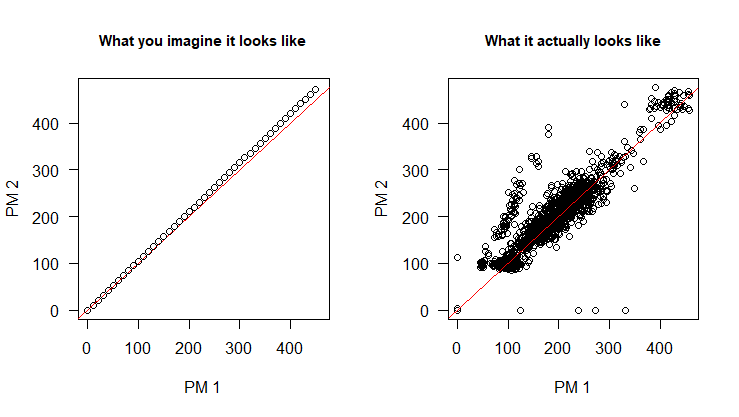They usually conclude “all you need is consistency, not accuracy.”
So are single sided power meters inconsistent, especially when pedaling smoothly >60rpm? I don’t much care if my left sided meter reads low when I use my right foot starting out from stoplights or am lazily standing on the pedals as long as I’m in the correct zone when cruising at speed…
No they are not. At least both my Assioma Faveros are SUPER consistent, even with triathlon interval work down to 30 second sprints. You cannot go wrong with it as a triathlete.
Bottom line - SS works MORE than fine, it works spectacularly well for an AGer training to use a PM efficiently. Full stop. Anyone who tells you otherwise with regards to a SS Favero Assioma is lying or has never used one properly/extensively.
I have had ample experience with Powertab hub (dual measurement), Kickr (dual measurement), and 2 Favero SSs, and they all line up really well, particularly the 2 Faveros which are so close that I can’t tell the difference. This is for indoors, outdoors, and all my intervals.
Am I going to say the SS Favero meets the rigorous demands of a mechanical engineer using it for industrial purposes? Of course not. But does it meet the essential needs of a AG triathlete that wants good, highly reproducible data that can assess and guide training - heckkk yes.
I easily had/have enough money to buy the Favero DS for both my bikes, but have had literally zero need to do so. I’m sure some folks out there will say I’m fooling myself , but my power data from 2+ years both indoors and outdoors is shockingly consistent. The data for training was good enough such that I won the bike split of a local Oly in Norcal based on it, something I’ve never done in 11 years of tri before.
I don’t do criteriums or other bike sprint efforts, but I could see how super-high power bursts might be prone to more inaccuracy between meters, so I wouldn’t go so far as to say a criterium rider can trust a SS fully compared to a DS. But for a triathlete that does 99% of their riding with longer than 30 second intervals, it’s all good.
